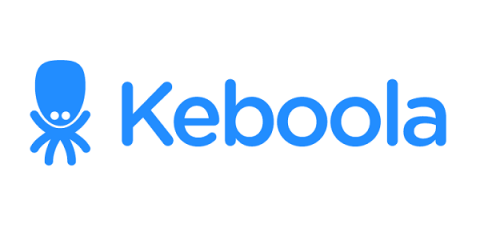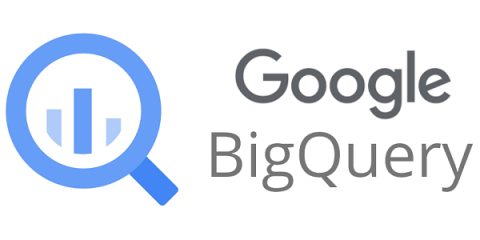How to Structure Your Business to Make Better Use of Data
A few years ago, Starbucks’ director of analytics and business intelligence, Joe LaCugna, said the Seattle coffee giant once struggled to make sense of the data pouring in from its loyalty card holders, which at the time was over 13 million and comprise 36 percent of all Starbucks’ transactions.







